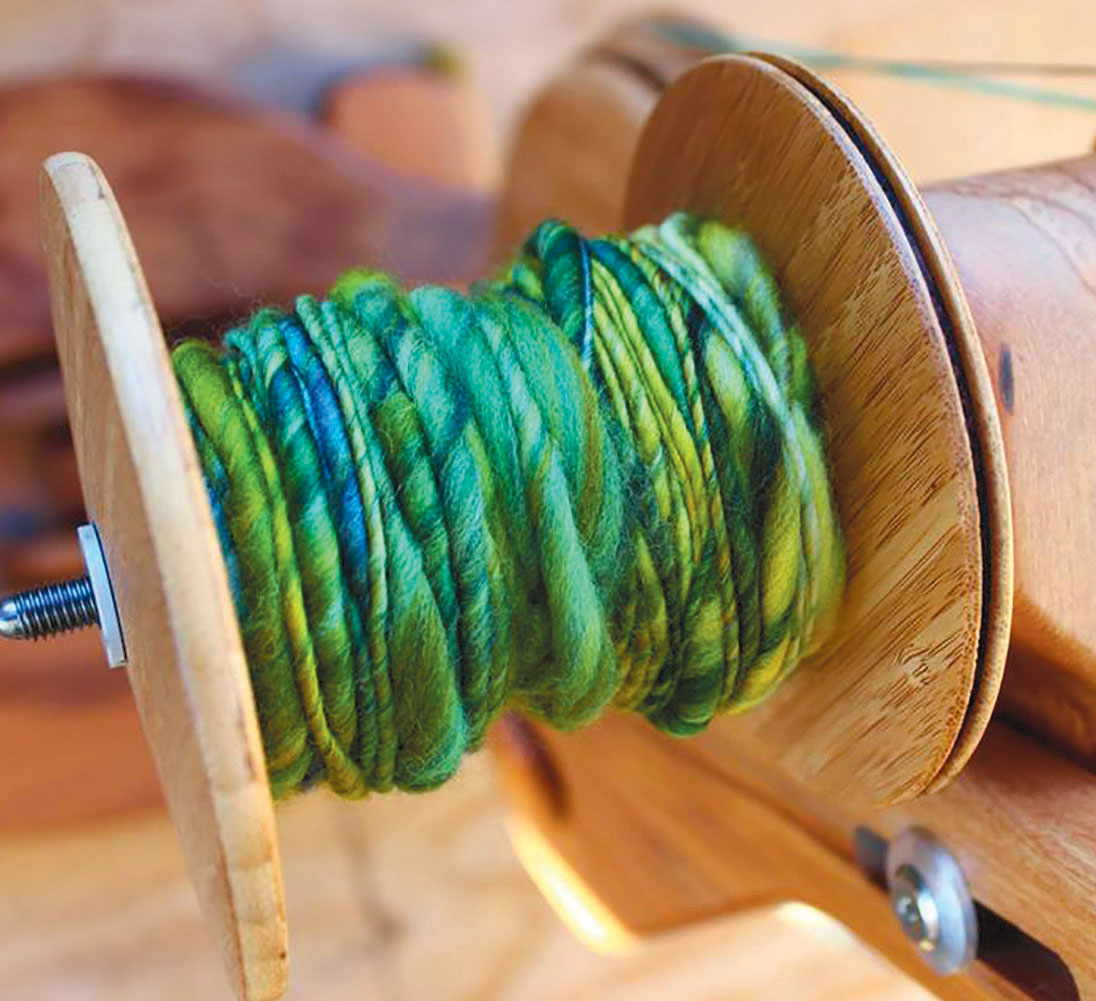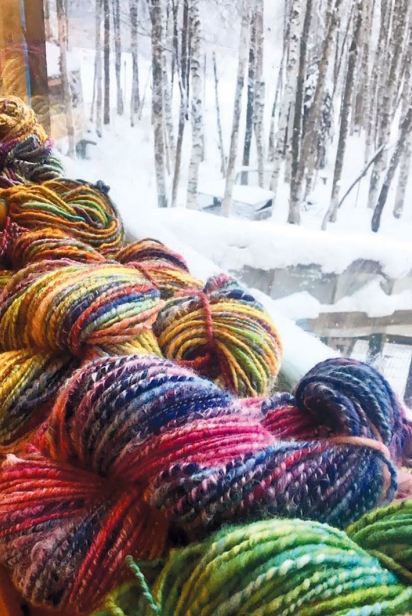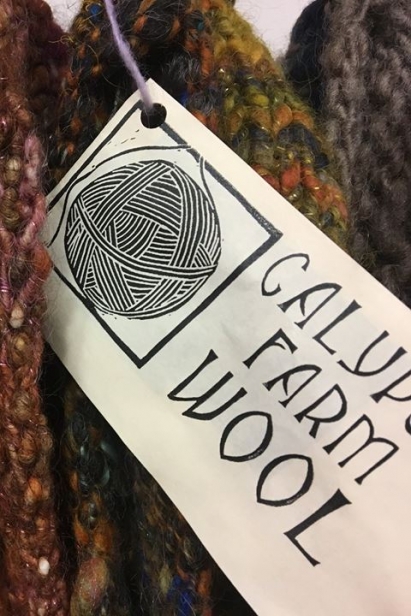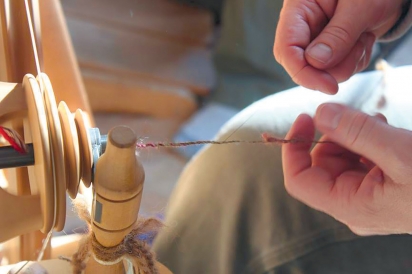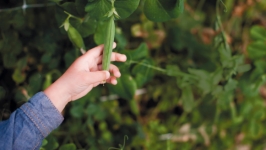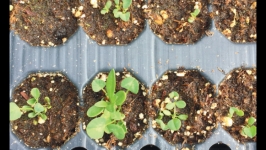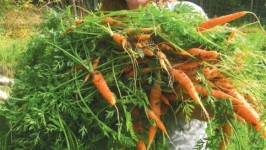Winter at Calypso Farms Is Busier Than You Might Think
(Part 4 of a 4-part series)
The terraced fields are at rest, with thick snow hiding the soil that drives summer activities at Calypso Farm & Ecology Center. The temperatures have tumbled more than 100˚ F from the height of Interior Alaska’s summer heat. The farm’s pace? That’s dropped off quite a bit too. “The summer is always full of people, interaction, activity and the winter is very quiet, cozy, introspective, calm, and beautiful,” says Susan Willsrud, co-founder and farm director. “It’s hard for a farmer to find balance in life [with] time for art, music, other nonfarm things in the day. We find that balance seasonally instead.”
Calypso’s winter crew hovers around five people. “It’s much quieter on the farm,” says community outreach and fundraising assistant Hillary King (a 2015 graduate of the Farmer Training Program). Adds Ian Ellstrom, a 2017 graduate who returned to Calypso to help out this winter, “The pace is totally different. There’s really no one on the farm compared to summer. It’s kind of a 180 in that aspect.”
Leading up to the 2017 holiday season, Willsrud’s days usually started in the fiber studio. There was spinning — a lot of spinning — to get done. “I like to get up early, about 6 usually. I start a fire, listen to the local public radio station and do some spinning,” she says.
Now, in the first weeks of 2018, the farm staff numbers three, including King, Ellstrom, and assistant director Christie Shell. But soon enough, Willsrud, husband and co-founder Tom Zimmer, and their younger daughter Elsa will return from a trip abroad. Winter is the only time vacations away from Calypso make sense. In a month or two Ellstrom will head home to Wisconsin where he’ll pack for a move to Dubuque: his first go at helping set up a farm and testing all he has learned is in the offing.
But, for now, the workweek hews closer to a traditional 40-hour week. There are no runs to the farmers market to sell flowers and vegetables. The holiday markets — along with the constant need to spin and replenish the stock of wool, and create knitting patterns that show off Calypso wool’s rustic character and brilliantly-dyed colors — are recently over, too. Now it’s office work, planning for next summer, choosing the members of the next class of the Farmer Training Program, running courses in blacksmithing or wool spinning for community members, and tending to the animals. The two pigs were slaughtered in September but the sheep and goats need hay and occasional discarded treats from the root cellar. The chickens need feeding. Eggs need collecting. Ducks and bunnies need care too (though they lean more toward pets than farm stock). And with winter temperatures come frozen water buckets, an issue that has to be addressed many times a day.
In other words, the day remains pretty busy — but not summer busy. During the winter, you might even catch the Calypso people sitting down, which rarely happens during the summer months.
This is also the time when everybody at Calypso gets to look up from the fields and out at Alaska. “The fields are covered in a beautiful blanket of snow. Then you see this beautiful silhouette of the Alaska Range. We track the sun all day long. It’s best in November but even now [in January] we can see the sun set behind Denali. It’s really beautiful,” says Shell.
The beauty of winter Alaska pops the most for a first-timer. “A surprising thing I’ve really enjoyed is the amount of light that’s still around. There are these small little birds, gray jays, I feed them every day. I saw an ermine, a couple of moose. As much as things are dead in the fields, there are still things going on,” says Ellstrom.
They also get to play outside. “My true priority in winter is making sure I really recharge for the next season,” says Willsrud. “So each day about midday I go for a ski for about an hour.” The trails start right from the farm.
But no matter the tasks that each person needs to get done on winter days, everything always comes back to the light. It may not last as long but it’s just as much a marvel as it is during summer’s long days. “It’s the most beautiful light, the quality of light,” says Ellstrom.
And no matter the season, Willsrud’s love for Calypso and the life she and Tom have built comes through. “I feel so so fortunate to do this for a living,” she says. “I truly love what I do, even if some chores — like chipping ice out of frozen water bowls and hauling water around at 30˚ below — are more fun when you think of them in a cozy house sipping tea than when you are doing them.”


